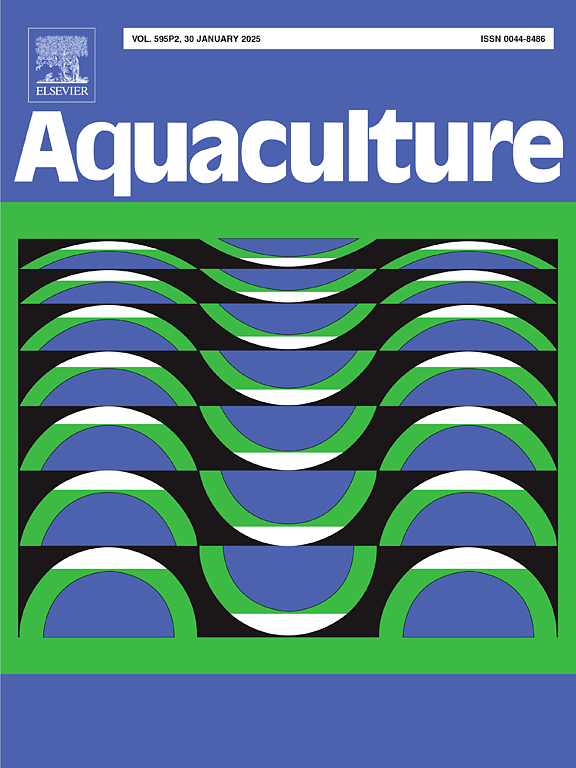Role of brain-gut axis in modulating stress responses via neurotransmitters and cytokines in largemouth bass (Micropterus salmoides) under acute crowding stress
IF 3.9
1区 农林科学
Q1 FISHERIES
引用次数: 0
Abstract
Acute crowding stress is typically evident during transport or handling stages in aquaculture, where it has severe consequences on fish gut health. However, the underlying mechanism of how acute crowding stress impacts fish gut health has been largely unexplored. In this study, the role of brain-gut axis in modulating the acute crowding stress response was explored in juvenile largemouth bass (Micropterus salmoides). After 3 h of acute crowding stress, a notable decrease in cortisol level was observed in the brain region of the telencephalon, whereas a significantly increase was seen in the serum. Additionally, neurotransmitters of dopamine (DA) and serotonin (5-HT) underwent significantly alterations both in brain regions and serum. Specifically, DA content decreased significantly in the telencephalon, hypothalamus, and remaining brain regions, but increased markedly in the serum. Conversely, 5-HT content significantly decreased in the telencephalon, but increased significantly in the medulla oblongata and serum. Furthermore, a significant upregulation of inflammatory cytokines, including IL-1β, IL-10, TNF-α, and IFN-γ was observed in six brain regions, serum, and gut after acute crowding stress. Concurrently, notable alterations in gut structure were evident, with significant changes in the width and height of gut villi, goblet cell count, and mucus secretion. The gut permeability of fish also increased significantly. Moreover, the gut microbiota composition underwent significant changes after acute crowding stress, with a notable elevation of Bacteroides and Escherichia-Shigella in the foregut and Corynebacterium and Enhydrobacter in the hindgut. These findings provide valuable insight into the response mechanisms of the acute crowding stress in fish through the brain-gut axis.
求助全文
约1分钟内获得全文
求助全文
来源期刊

Aquaculture
农林科学-海洋与淡水生物学
CiteScore
8.60
自引率
17.80%
发文量
1246
审稿时长
56 days
期刊介绍:
Aquaculture is an international journal for the exploration, improvement and management of all freshwater and marine food resources. It publishes novel and innovative research of world-wide interest on farming of aquatic organisms, which includes finfish, mollusks, crustaceans and aquatic plants for human consumption. Research on ornamentals is not a focus of the Journal. Aquaculture only publishes papers with a clear relevance to improving aquaculture practices or a potential application.
 求助内容:
求助内容: 应助结果提醒方式:
应助结果提醒方式:


